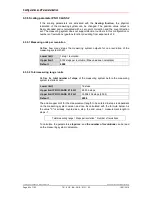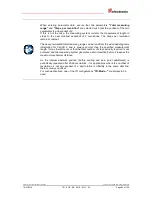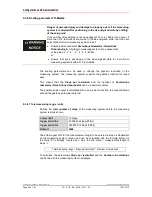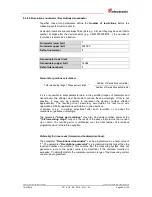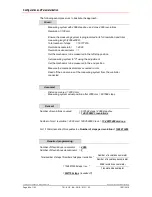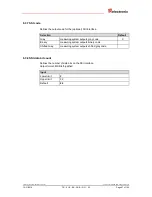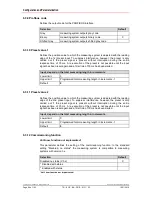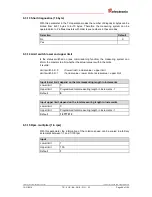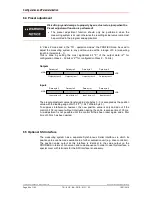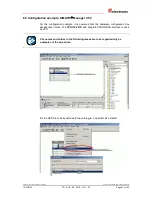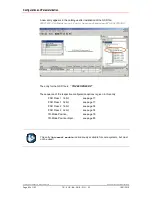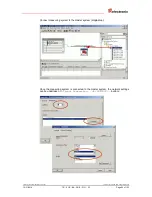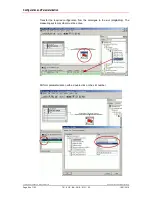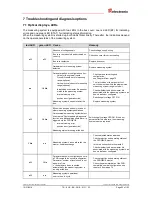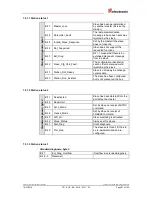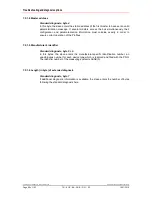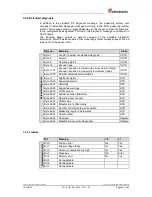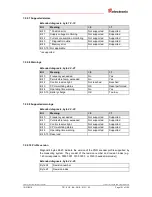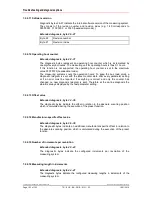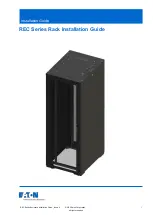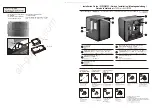
Troubleshooting and diagnosis options
TR-Electronic GmbH 2016, All Rights Reserved
Printed in the Federal Republic of Germany
Page 96 of 103
TR - ECE - BA - DGB - 0131 - 02
10/31/2018
7.2 Use of the PROFIBUS diagnosis
In a Profibus system, the Profibus masters supply the process data to a so-called host
system, e.g. a PLC-CPU. If a slave is not accessible, or no longer accessible, on the
bus, or if the slave itself reports a fault, the master must communicate this fault to the
host system in some form or other. There are several possible ways of doing this, the
evaluation of which depends entirely on the application in the host system.
As a general rule, a host system cannot be stopped following the failure of only one
component on the bus, but must respond appropriately to the failure as prescribed by
the safety regulations. The master normally provides the host system initially with a
summary diagnosis, which the host system reads cyclically from the master, and
which serves to report the states of the individual bus stations to the application. If a
station is reported to be faulty in the summary diagnosis, the host can request further
data from the master (slave diagnostics), which then allow a more detailed evaluation
of the causes. The indications thus obtained may either have been generated by the
master, if the relevant slave does not respond (or no longer responds) to the master's
requests, or they may come directly from the slave, if the slave itself reports a fault.
The generation or reading of the diagnostic message between the master and slave
takes place automatically, and does not have to be programmed by the user.
In addition to the standard diagnostic information, the measuring system provides an
extended diagnostic message according to Class 1 or Class 2 of the PNO encoder
profile, depending on the nominal configuration.
7.2.1 Standard diagnosis
The standard DP diagnosis is structured as follows (always from the point of view of
the master in relation to the slave).
Byte no.
Meaning
S
ta
n
da
rd di
a
g
no
s
is
Byte 1
Station status 1
General part
Byte 2
Station status 2
Byte 3
Station status 3
Byte 4
Master address
Byte 5
Manufacturer's identifier HI byte
Byte 6
Manufacturer's identifier LO byte
E
x
te
nd
e
d
di
a
gnos
is
Byte 7
Length (in bytes) of extended
diagnosis, inclusively this byte
Device-specific
extensions
Byte 8
to
Byte 241
(max)
Other device-specific diagnoses

